Last Updated on August 5, 2021

One of the many highlights of being on the set of Ridley Scott's THE MARTIAN – besides the obvious cool factor of being in Budapest on a Ridley Scott set – was the chance to chat with the impressive cast. Between taking a stroll on the set that was more akin to actually stepping foot on Mars, this fine group of journalists were gathered together to chat with Jessica Chastain, Matt Damon, Kate Mara and Sebastian Stan. Considering the intense shoot they were involved in, it was refreshing to see how genuinely excited they were to be a part of this impressive looking feature.

We heard you got the script at like 7 p.m. on a Friday and the following morning by six or seven you had already committed. Is that accurate?
The first iteration was with Drew Goddard directing it. I didn’t know Drew so I met and talked to him. Right after, I was about to make the decision. Alright, do I go with this newer director? I really liked him a lot and got along with him right away. So I was going to do it with Drew and suddenly he got SINISTER SIX. He was just like, “This is my dream.” He’s a comic book guy so he took that. And I was like, “Well, I guess the movie’s dead.” I hadn’t worked in a year and a half. I was pretty calm about it. Then I got the call that it was Ridley [Scott]. I had literally never met Ridley. Never even in passing like at a thing or anything. I went in to meet him and then that was the thing that happened really quickly. I went to have a meeting with him and the first thing I said was, “Well, my only hesitation is, I love this script but I just did INTERSTELLAR. I played a dude who was stranded on a planet.” (laughs) It would be weird if I take a year and a half off and then play a dude who is stranded on [another] planet. I explained it to [Ridley] and he was like, “The movies are totally f*cking different. This is going to be f*cking fun, let’s do this!” He had this infectious thing I couldn’t resist.
What makes this different from MISSION TO MARS, JOHN CARTER, GHOSTS OF MARS, all those movies?
One of the biggest differences is that it’s primarily me on my own for a lot of it. That’s a big challenge. It’s got all the bells and whistles of NASA and the whole B-side to the story is the rest of the world trying to get this guy back. But the other half of the movie is me and Ridley on Mars. So that part’s different. You start there and it’s this mystery of okay, well, what happened? How did he get left there? The mission part is really that B-side, trying to figure out how to get back. Structurally, it’s pretty different from any [Mars movie] that’s been done.
How do you graph your arc being that it’s just you alone without another actor to play off of?
Ridley talks in terms of how he wants to cut the movie. He’s cutting it while we’re going. He reminds me already of [Steven] Soderbergh or [Steven] Spielberg in the way that they’re cutting the movie as they go. So if you ask the question, he goes, “No, no, I’m going to be on your face in this moment.” You can’t get lost as an actor. You know exactly what it is you’re in at all times. There’s no hocus pocus. It’s not like, “Don’t worry, you’ll know in a few months.” He’ll tell you exactly what this shot is and what the next shot is going to be and what two shots after it are going to be. He gives you the storyboards so you can actually flip through them like a comic book. In terms of graphing where you’re at, it’s pretty – it makes your job a lot easier. And he’s watching the whole time so if there’s something that’s off – you do kind of variations within a zone, but you know the zone because he’s made the zone bigger.
How would you describe that arc?
The movie’s an adaptation of this book, The Martian. One of the things that’s pointed out by a lot of the reviews for the book is that it’s not this kind of existential movie about desolation. You could make that but I don’t think you could make that at this scale. This character is this incredibly resourceful, kind of optimistic person who just doesn’t bother sitting on things. He just tries to figure out what the next problem is. He just has to keep knocking down all these problems in order to stay alive. He’s on the very edge of death at all times. If the oxygen container breaks, he’s gonna die. If the water reservoir breaks, he’ll die of thirst. If there’s a breach in the hatch, he’s just gonna implode. If all that works, he’s still gonna starve to death. There’s so many things to do that his days are full. I read an interview with the writer of this book, Andy Weir, and he was talking about how he came up with the concept. He’s like a scientist so he let the science dictate what would happen. He thought to himself, “If this were me, what would happen? Well, I would need to do this and I would need to do that.” It’s a very smart person procedurally doing the thinking needed to stay alive on Mars. Hopefully people won’t see that. (laughs)
A lot of actors who work with Ridley talk about how he builds complete universes. In this case, an alien world. To what extent does he articulate that kind of detail?
Completely. I was here a month and a half ago for a week just sitting and going over the script with him every day. He would talk it through as if he were shooting. You know, “Then we’re going to cut from this angle and go to this.” So, you have an understanding of that detail. Then walking on the sets – all of the crafts people, all of the keys, have been with him for years. Some of them have been with him for 35 years. You have sidebar conversations with them and their level of detail in their specific field. They’ll show you all the drawings. By the time you arrive you’ve got everybody’s playbook. Then Ridley is the arbiter of taste at the end of the day. “More of this, less of that, yes, no, f*ck off.” Then you get a Ridley Scott movie.
You’ve worked with some amazing directors in your career and now you’re adding Ridley to the list. Is there one trait in particular that they all have?
Yes, without a doubt. I’ve said it before, because I noticed probably five or six or seven years ago. Every single one of them, the ones that we would call master filmmakers, they all are welcoming of everyone’s opinion around them. All of the people they’re working with, the actors, their keys, the people they rely on, they want every suggestion possible. Like Clint said to me a few years ago, “Why wouldn’t I take your suggestion? If it’s good, they’re just going to give me credit for it.” (laughs) And they all do say that the point of working in a collaborative medium is that you’re collaborating. It is a dictatorship, so the director is still totally responsible for what ends up on the screen. But Ridley could have been a painter. He chose filmmaking because there is something about the stew of getting people together and collaborating. He is still the head of everybody but there is something about that way of making something that is more appealing than just painting by himself.

When you were doing press for INTERSTELLAR, you were saying that you were jealous a lot of the actors got to go into space. Then this came up, you got to do it. Are you regretting that decision?
No, not at all. Please. I was actually just re-watching BLADE RUNNER. I’m so stoked to be here.
Were you in touch with NASA?
Yeah. I went to JPL in Pasadena for a few days and to be honest I didn’t understand that JPL and Houston were separate. I thought NASA was just one thing, which, they’ll be very quick to tell you, is not the case. I learned all about the unmanned missions – the Curiosity rover and its twin. There was this virtual reality thing where it felt like I was actually walking on Mars from pictures that were taken by the Curiosity rover. I got to shadow a lot of people, just to understand what those journeys were – how long it takes to get to Mars, how the hours are different in the day. So I did all of that and then I went to Houston and worked with this astronaut named Tracey. We worked through everything. We got to go on a mockup of the space shuttle which was so cool. I asked about food, what astronauts do when they're going away. Things that try to make you feel connected to the world. Then I asked her even silly questions like, “Do you wear jewelry?” She said, “Yes.” This is a different situation because this film is in the future where we create gravity. There will be sometimes when we don’t have gravity but most of the living habitat will have gravity.
As with the Christopher Nolan film you worked on, THE MARTIAN has massive sets. Are there any other similarities between the two?
You know what was really sweet – I feel strange saying this but – someone asked Chris at a screening the other day what his favorite directors and inspirations are. He said, of course, [Stanley] Kubrick and all that but then he said Ridley Scott is his favorite director. How cool that you go and work with Chris Nolan and then you work with his favorite director. It’s just so rad. They’re both guys that are making up their own rules, in the way that they’re shooting, the visuals that they’re using. They’re always pushing the bar and challenging something. Another similarity that I see is that they’re making things on an epic scale. This is my first experience this past year with doing films like that. INTERSTELLAR was more of me being on Earth. This is definitely the first time I’m in a space suit, attached to wires and doing that whole shebang.
What is it about THE MARTIAN that’s different?
The book is great. I read the book. It created this amazing character who is just a problem solver. He has such a great sense of humor that you root for him. When I was talking to all the folks at JPL, they were shocked that [the author] didn’t have a background or a career working in this stuff. He knew all about Pathfinder and Curiosity and Spirit and all of the rovers that I guess he learned online. You can find anything online now. Once he started writing the book I guess people were contributing to help him with the facts. There’s a similar story to films that we’ve all kind of loved. You think of Sandra Bullock in GRAVITY, Tom Hanks in CASTAWAY. There’s a character that’s lost at sea somewhere and they’re trying to find their way back home. For all of us in some part of our imaginations, we can imagine being lost somewhere and trying to get back. I think everyone can relate to that.
How did your involvement come to pass? Did Ridley call you? Or was it an agent thing?
I had just seen INTERSTELLAR and I thought it was very cool watching Matthew [McConaughey] and Annie [Hathaway]. It looked like so much fun. As soon as I had said this, I did get a call from my agent who said that Ridley Scott was gearing up for his next film, THE MARTIAN – I hadn’t read it yet – and if I was interested in reading it. I read it and loved it. Then I had a meeting with Ridley. It was pretty great to be honest. He’s so warm. I’m a fan of his work but I also don’t want to put myself in a situation where I’m on a set with someone who is a nightmare and a terrible person. As soon as I sat down, within the first few minutes, I was like, “Yeah, this is something I want to do.” I asked him questions about what something would look like and he would draw it out for me. He’s a really quick and amazing artist. He’s really sweet.
You mentioned that you watched BLADE RUNNER again recently and obviously you are a fan of his work. To what extent do you think Ridley has been instrumental in the construction of the modern female action hero?
Someone told me that Ripley in the original script for ALIEN was written as a man. Ridley changed it to a woman. Chris Nolan changed Murph to a woman. There are some female characters I do not like. Sometimes, in superhero movies, there’s a female character that’s supposed to be badass and her main attribute is her sexiness. Usually that fails, like Catwoman. To me, my character is a superhero. Her sexiness is not the most important thing about her. It’s her mind and her spirit. When I look at the character, that to me is such an example of the types of characters I want to play. I think what Ridley [spearheaded] is a great thing for women. Because of Ripley, we have Jennifer Lawrence in THE HUNGER GAMES and all of these really strong warriors that are women. Women whose main appeal isn’t their sex appeal.
These characters have been working together and interacting for all of this time together. How hard as an actor is it to come in and simulate that bond you have with your fellow astronauts?
When I was going to JPL and NASA, I asked if the other actors could join me. But I think because of schedules [it didn’t work out]. I think Mike Peña was shooting something the day before and Kate [Mara] was shooting something, so I did it alone. It is always important to bond with people especially when you have that relationship onscreen. When I arrived Kate and I had dinner. We’ve only worked together for two days now and all of us are already kind of like a crew. There’s so many sex jokes going on. We’re having a really fun time.

Can you talk about the characters that you play in THE MARTIAN?
Kate Mara: I play Beth Johanssen. She’s basically the hacker of the group. She’s much smarter than I am. She’s definitely the computer wiz of the crew.
Sebastian Stan: I play Chris Beck. He’s a doctor which is kind of funny to me. I can’t imagine anyone entrusting their life to me. These are all very specifically trained astronauts and my character’s background is in medicine. But they do trade off certain tasks across the day and just help each other out.
We’ve heard a lot that NASA has been closely involved with giving advice. Have you guys experienced any training?
KM: I wish! I’m sure if we had to have had it, we would have found a way but a bunch of us came straight from other jobs. I really wanted to go visit NASA with Jessica. She went right before we came out here. I was stuck in New Orleans finishing a movie there and I couldn’t make it out. But I really knew nothing about space or NASA or anything of the subject. I’ve just been trying every day to go on their website and read about women in space and the history there. I had no information to go off of. When we got here, I read the book, which I hadn’t before reading the script. I know that NASA is really involved and really supportive of the whole thing. That’s always really nice to hear because it’s very rare.
SS: I concur. (laughs) No, that’s what I heard as well. I heard they were very excited and supportive. Obviously, all of the research I’ve done was from my apartment. I didn’t get to go to Houston or JPL or any of those places unfortunately. I wish I would have had the time to do that. All of the stuff I’ve found, not surprisingly, is close to a lot of the details that are in the book. Reading the book definitely helped. I feel like we’re on a new wave of interest for NASA and space, particularly Mars. There’s a lot of campaigns going on that are independent of NASA. Popularity is rising. I feel like we’re going to see this actually happen in our lifetimes. You sort of end up pinching yourself as you’re shooting this stuff. A lot of what happens in the book follows closely these theories that you can find on YouTube.
The set seems like a really challenging environment to shoot in.
KM: Yeah. The first two days, Sebastian and I didn’t have anything in our costumes, which are brilliant and really incredibly designed but so hard to wear.
SS: I refer to it as a car. Every day there’s a part of it that works better than another. Some parts have issues.
KM: The incredible set we’re on, obviously you can’t make everything work perfectly. We need to be able to take the helmets off quickly and put them on. They’re lit perfectly. But because of that, we have some problems with all the dust getting in our eyes and not being able to breathe. There’s a lot of panic involved when you can’t breathe and you can’t see and you’re trying to stay in it. It is helping with the scenes. It’s been wearing us down.
SS: We were talking about getting here. We leave the hotel during night because the sun doesn’t rise until 7:30. We leave at 5:30, 6 a.m. We get here, barely see the day while shooting, then get into the car and it’s night again already. So it kind of feels like isolation.
KM: We constantly feel like we’re in our own little bubbles. People are watching us and talking at us and we can’t hear a thing they’re saying. All we can hear is what all the other astronauts are saying. At first it’s a little jarring but then you get used to it. Again, that helps to stay in it.
What’s it like working with Ridley Scott?
SS: For me, it’s like having a front seat education to acting. You think, “I get to go to work with these types of people” and that’s enough for me.

KM: He’s done so many brilliant things and it’s been such a long time that it’s hard to remember all of them. I completely forgot until we were on set the other day that one of my dogs is actually named after a character from GLADIATOR. I’ve had this dog for 11 years. Someone was like, “What are your dogs’ names?” I said “That’s Bruno and that’s Lucius.” Lucius is named after the little boy in GLADIATOR because I was obsessed with that movie. So Ridley Scott has been someone that I’ve admired and wanted to work with for a very long time. It’s very surreal to be here working with him. When I met him, when he wanted to talk to me about this character and this project before I even read the script, I was just so happy to see what he’s like. I’ve had a lot of friends who have worked with him who’ve said the most lovely things about him. How he trusts his actors completely and just lets you play, even though he knows exactly what he wants. He knows the whole movie before he’s seen us, he knows how the cut’s going to look and yet he’s so open to letting us do what we feel is right. That’s exactly what it’s been like.
Do you think he gets enough credit for the performances in his films? He’s seen as a big spectacle director but he gets great performances.
KM: As an actor, I know actors that know that and recognize that.
SS: A lot of his films are very character-based. I think there’s storytelling there and a focus on character. How many amazing characters have come from his movies?
KM: That’s one of the things I love about his movies is that they are epic in scale but they –
SS: There’s always a part at the core of it that sort of grounds the whole situation. He just sees something in a way an actor likes. He sees how they shine the brightest and how to translate that to film.
What’s it like being on Mars? Is it nice to have a practical set and scenery around you rather than it being all green-screened around you?
KM: It’s crazy.
SS: Oh my God, it helps so much. It’s funny, there is some green in there somewhere but –
KM: We don’t ever see it. We were shocked when we showed up on set and found out that’s what we had to play with.
SS: Half the time, I don’t even know where the cameras are.
KM: That’s another bonus. There’s five cameras going and we all have cameras on our helmets, which, we were just told, are also going at all times.
SS: It’s cool though because it keeps the momentum going. It’s kind of like a play that way.
CLICK HERE to Read Part One of our Set Visit to THE MARTIAN!
THE MARTIAN opens in theaters on October 2nd, 2015.


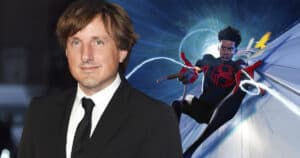
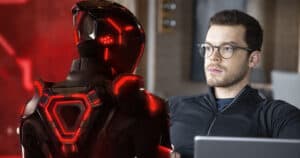
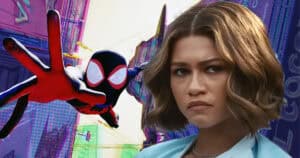
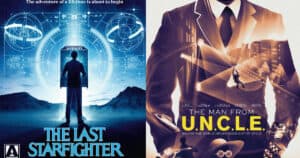
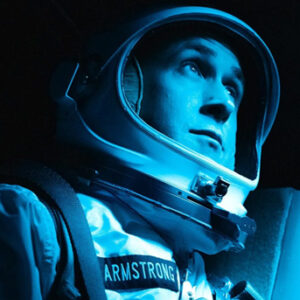
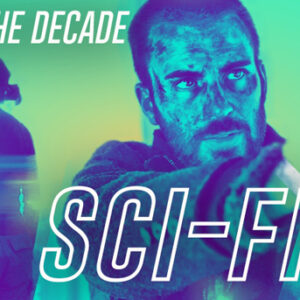
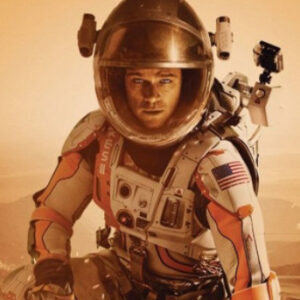
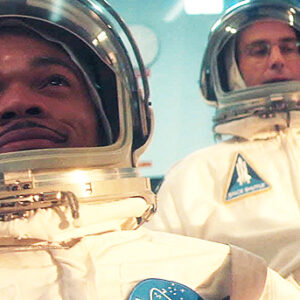
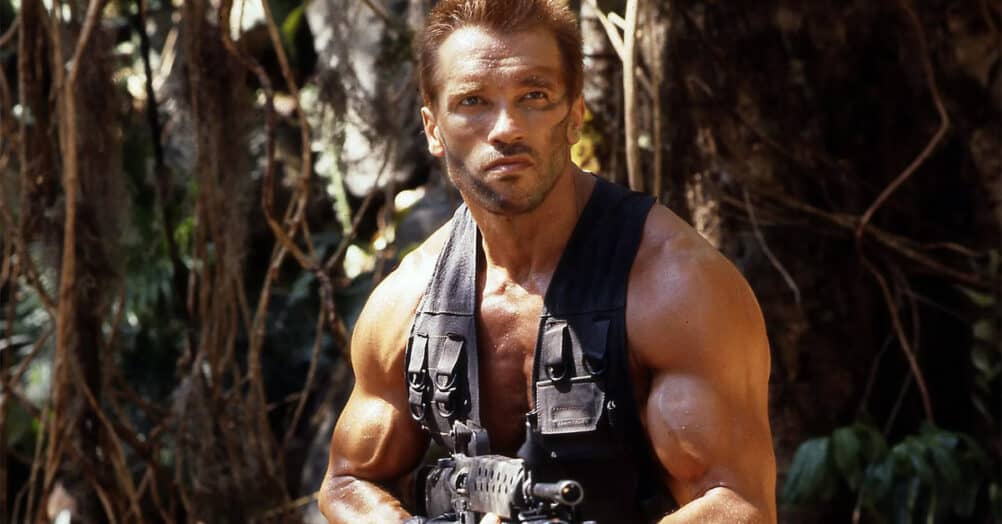
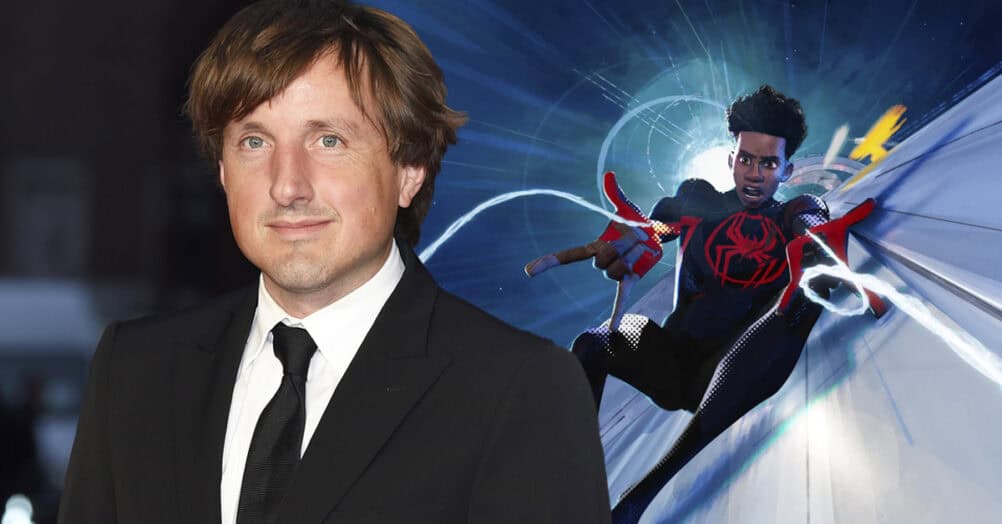
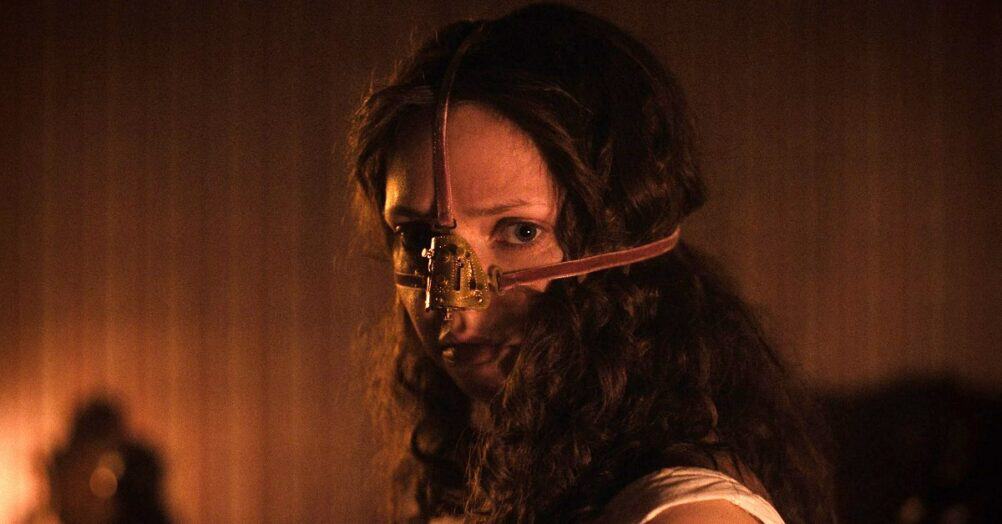
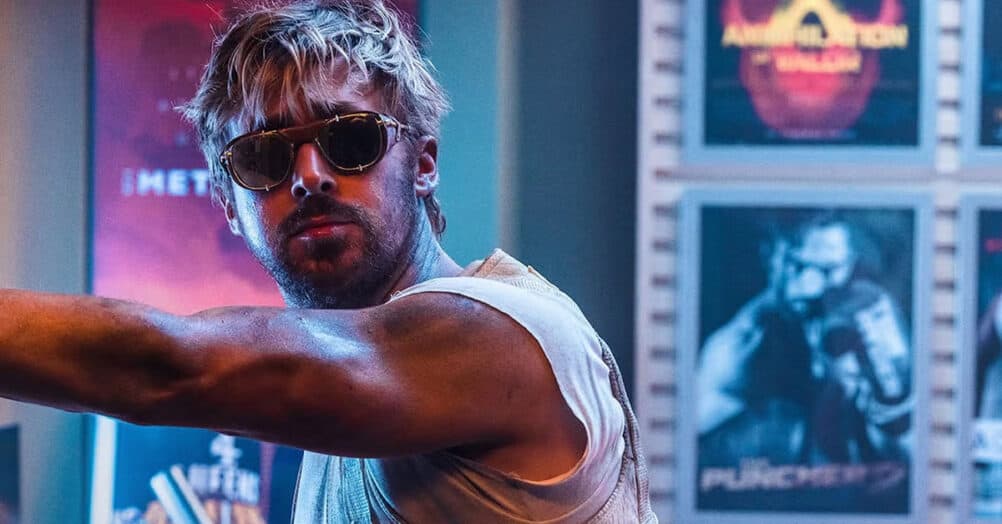
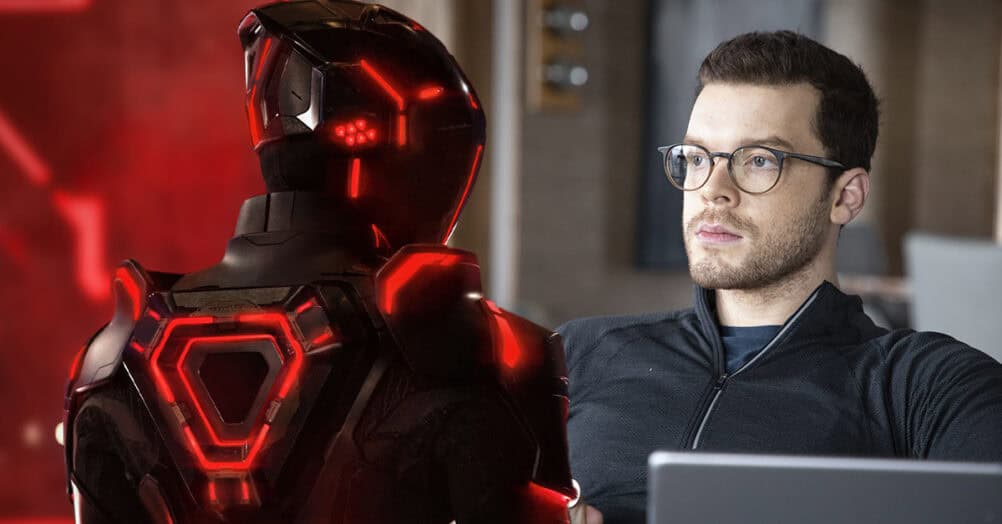
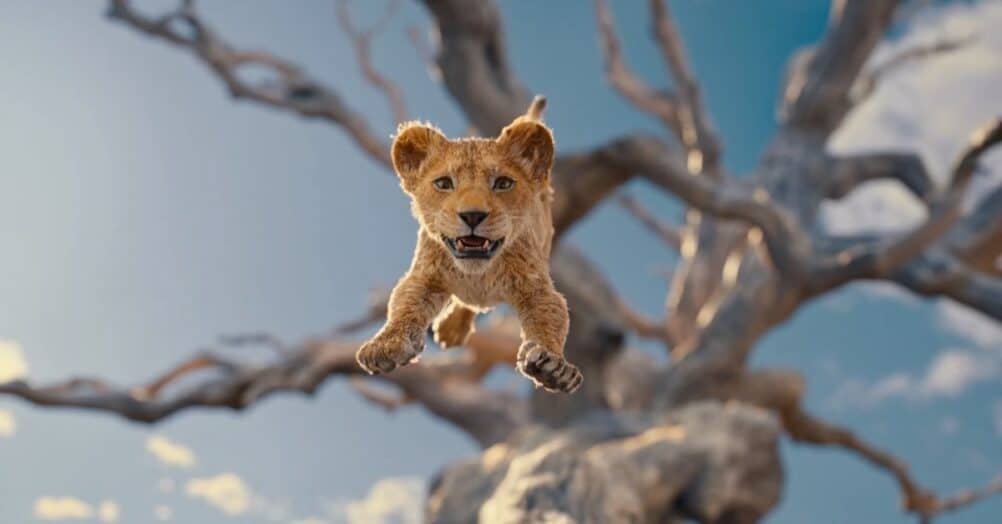
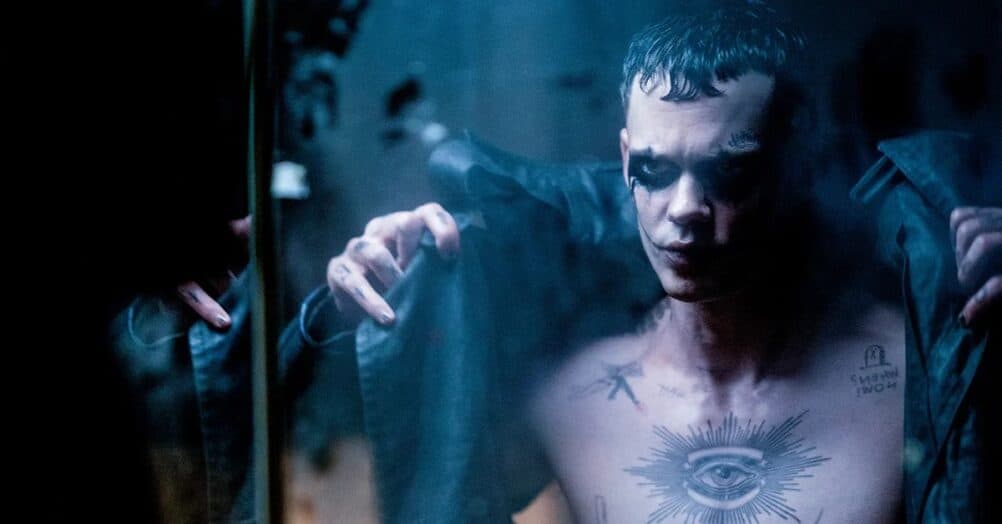
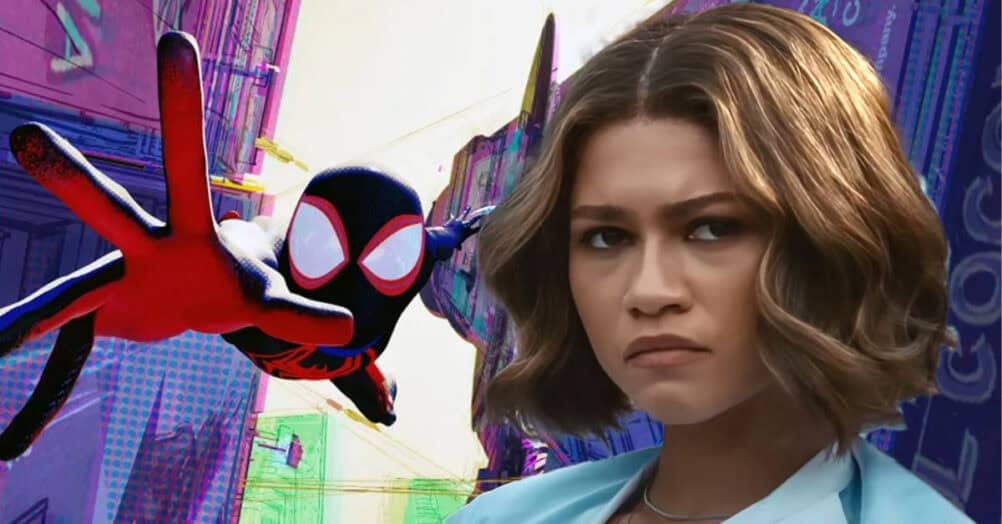
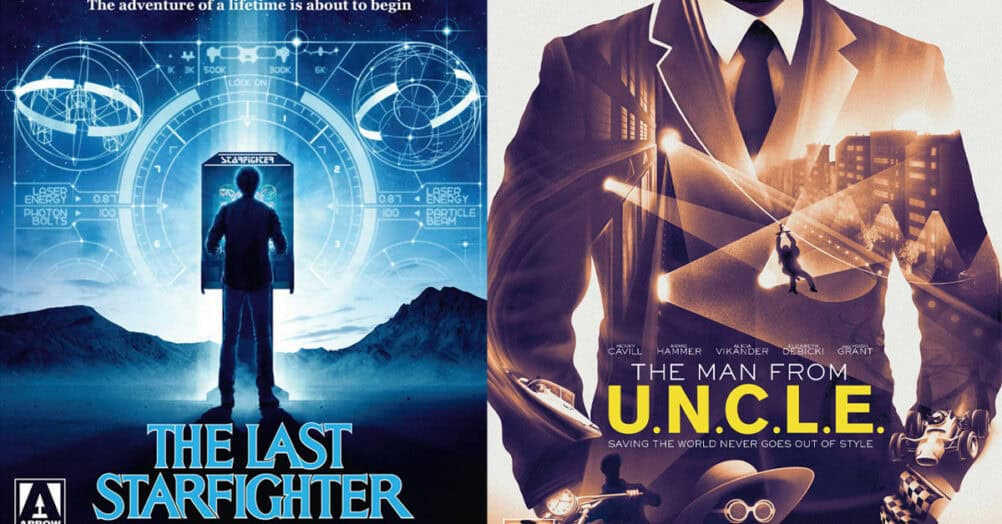
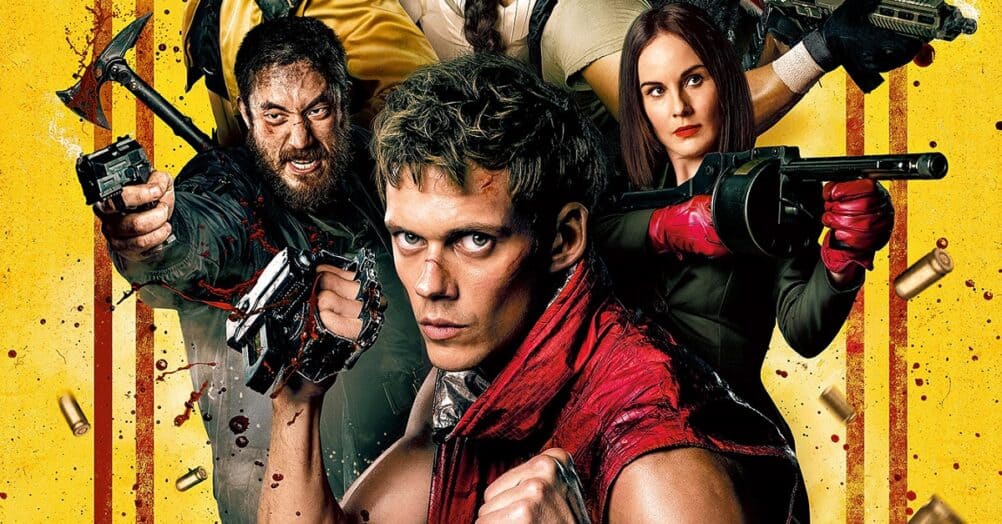
Follow the JOBLO MOVIE NETWORK
Follow us on YOUTUBE
Follow ARROW IN THE HEAD
Follow AITH on YOUTUBE